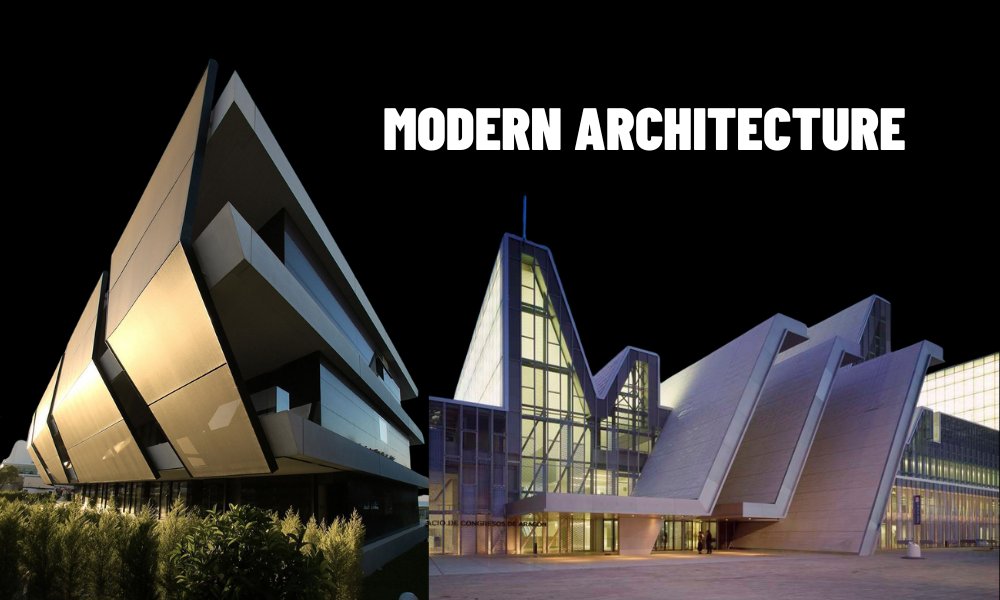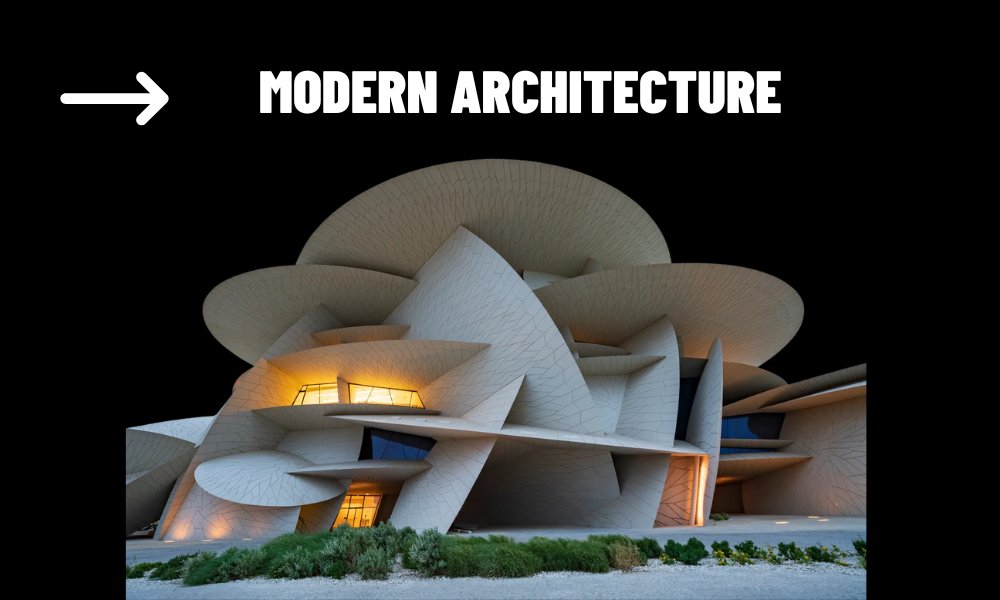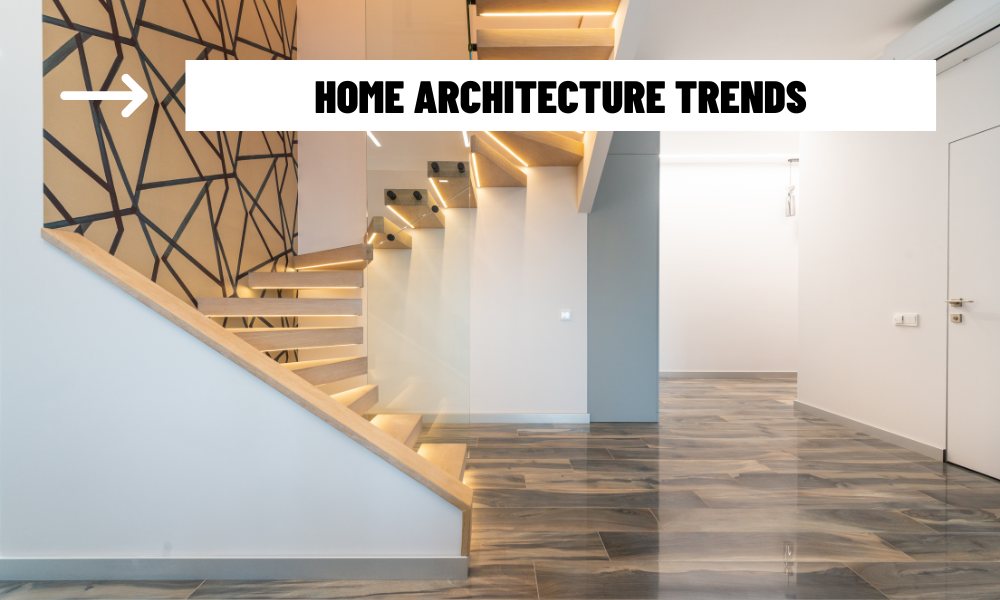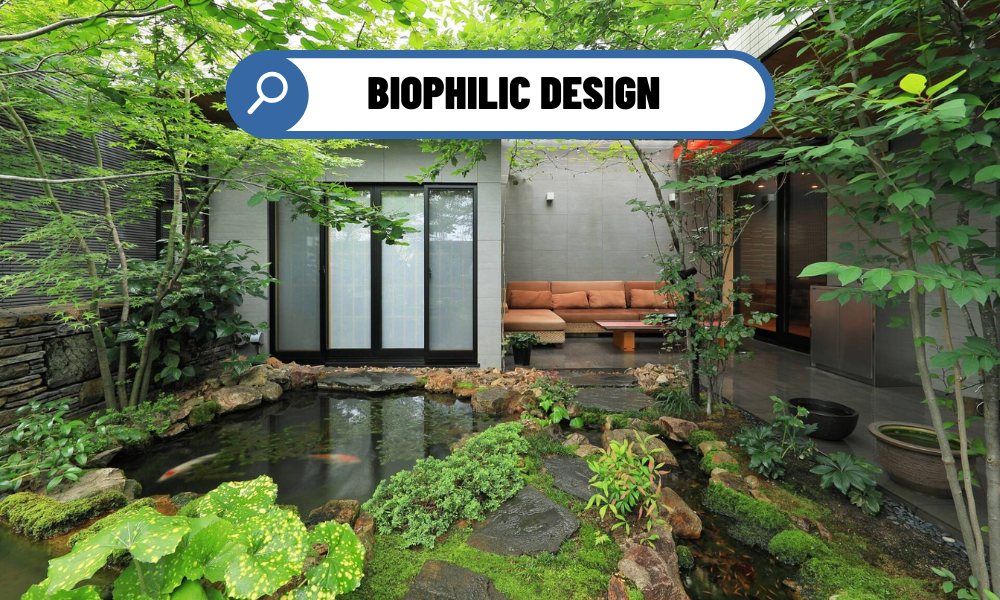Modern architecture is more than a design style — it’s a response to the complexities of contemporary life. From minimalism to sustainable innovation, it captures how people interact with space, technology, and each other. This article explores how modern architectural thinking is redefining home design, particularly in the age of automation, sustainability, and digital living.
Contents
Introduction
Amid rapid urbanization and digital transformation, the built environment is evolving in unprecedented ways. Modern architecture is no longer just a visual language of clean lines and open spaces — it’s a reflection of how we live, work, and connect in a technology-driven world. It doesn’t merely shape buildings; it redefines human experience.
1. More Than Aesthetics: The Mindset Behind Modern Architecture
Modern architecture emerged in the early 20th century as a break from ornamental traditions, but its true revolution lies in how it reframes function. At its core, modern architecture isn’t about decoration — it’s about intention. Every angle, every material, every void and surface serves a purpose, whether it’s about maximizing natural light, encouraging social interaction, or creating harmony between a structure and its environment.
In a world where every square meter counts, especially in dense urban areas, this purposeful minimalism speaks directly to contemporary needs. Spaces are designed not just to impress visually but to support how people move, rest, think, and connect within them.
2. Living Spaces That Learn and Respond
One of the most transformative impacts of modern architecture is how it embraces technology as a living part of design, rather than an afterthought. In modern homes, walls are not simply barriers — they can be responsive panels. Windows don’t just frame a view — they can adjust tint based on solar intensity. A room isn’t a static entity; it evolves based on behavior.
The essence of modern architecture today lies in interactivity. Smart thermostats, voice-controlled lighting, and even AI-curated atmospheres are now intrinsic elements of space, not merely gadgets installed afterward. The home becomes an extension of the self — learning routines, anticipating needs, and making decisions autonomously. This aligns perfectly with modern architecture’s core principle: form follows function. Only now, function is dynamic.

3. Seamless Integration: Where Design Meets Lifestyle
In a well-conceived modern home, technology doesn’t interrupt — it disappears. Rather than showcase every tool, modern architecture finds ways to weave smart systems into the design fabric. A hidden induction panel replaces the traditional stove. Sensors blend into walls. Security systems vanish into the geometry of the structure.
This approach respects the original goal of modernism: simplicity without sacrifice. The convenience of a connected life is preserved, but visual and spatial clutter is minimized. This is not just for elegance — it’s for psychological clarity. In a time when life is filled with noise, modern spaces provide calm through order, and intelligence through invisibility.
4. Sustainability Not as a Feature, But a Foundation
Perhaps the most important evolution of modern architecture is how it has internalized sustainability as a core tenet. It no longer needs to be advertised as “green” — it simply is. From orientation and insulation to recycled materials and energy systems, environmental awareness is now built into the bones of a modern structure.
But what’s striking is the philosophical shift: instead of forcing nature to serve architecture, modern architecture is learning to work with nature. Smart systems enhance passive cooling. Rainwater harvesting becomes a structural design element. Solar panels aren’t tacked on — they’re integral. This way of thinking allows homes to function more like ecosystems than machines.
5. Human-Centered Architecture in the Digital Age
What makes modern architecture endure isn’t its sleek surfaces or sharp edges. It’s its empathy. The style puts the human being at the center — their comfort, health, and rhythm of life.
This is especially clear in smart homes designed for wellbeing: environments where circadian lighting improves sleep, air quality is monitored and adjusted in real time, and silence is engineered into walls. Homes become not just shelters, but living companions — aware, adaptive, and increasingly anticipatory.
Rather than being overwhelmed by technology, inhabitants feel supported by it. And that may be the most modern idea of all: a home that feels more like a relationship than a structure.
Modern architecture is not defined by how it looks, but by how it feels — intelligent, intentional, and deeply aligned with the way we live now. It allows tradition and innovation to coexist, not in conflict but in conversation. As smart home technology continues to evolve, the modern home will keep adapting — not by adding more, but by designing better. In this way, modern architecture is not just shaping our homes. It’s shaping the future we want to live in.



